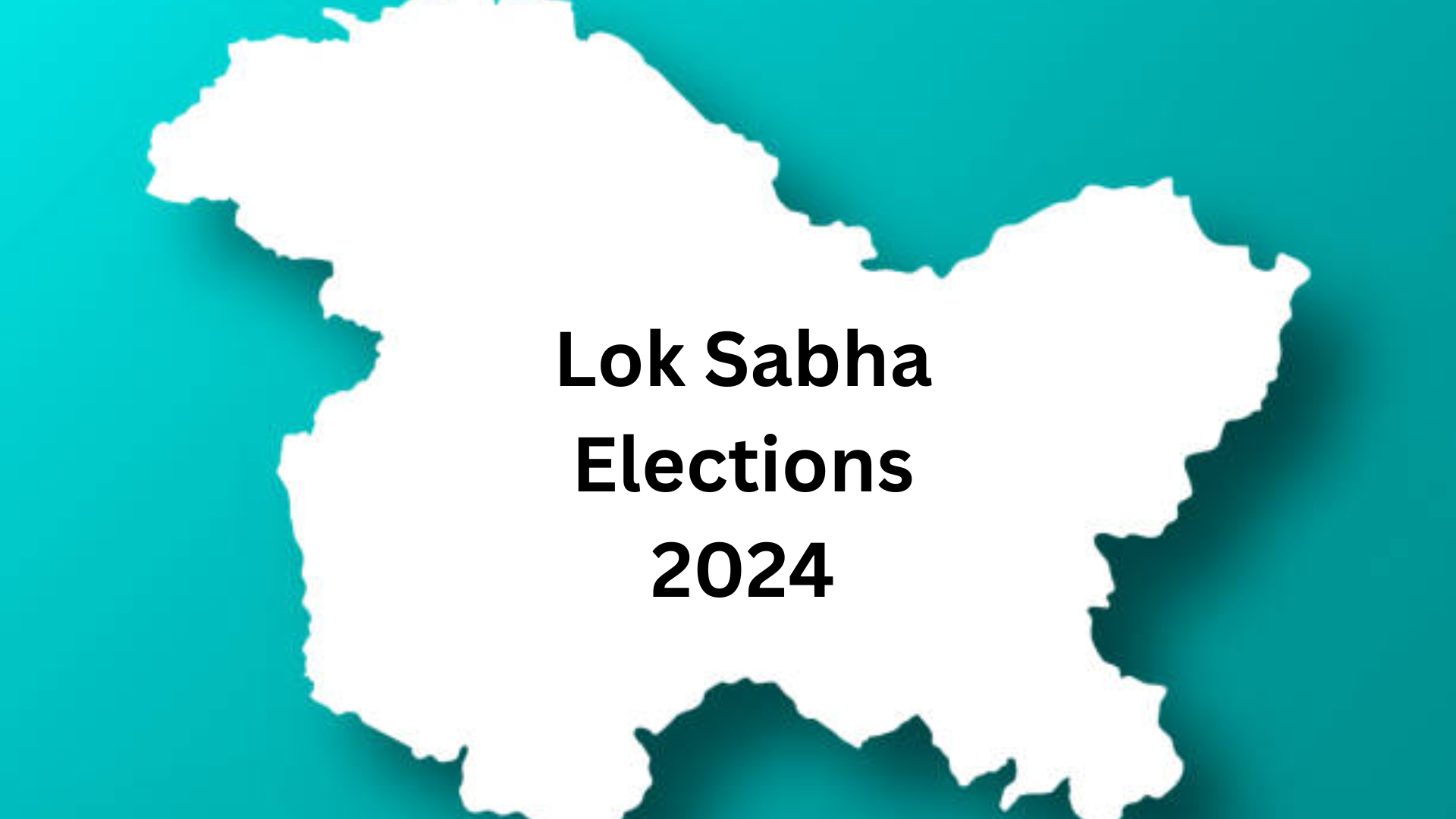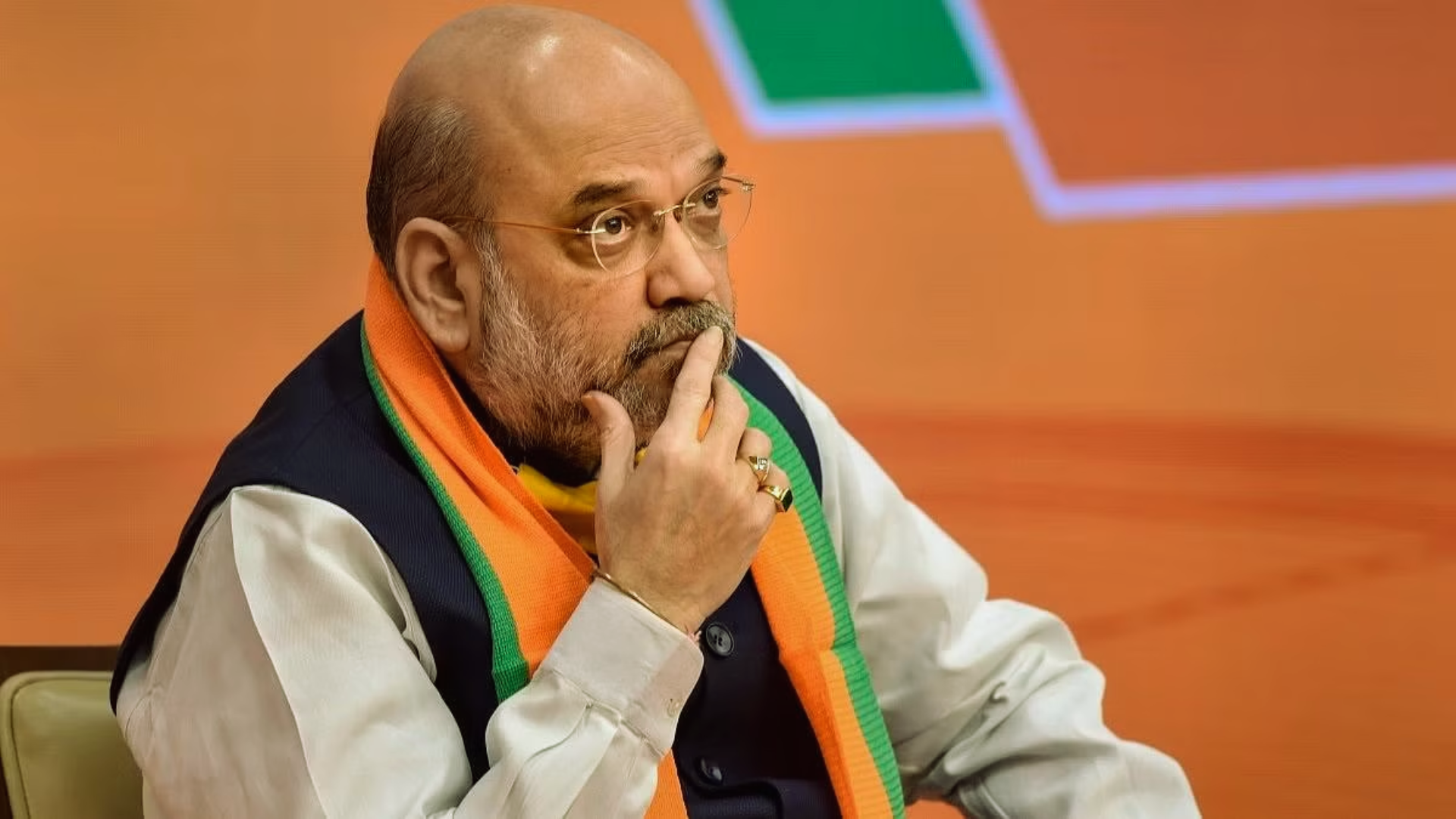



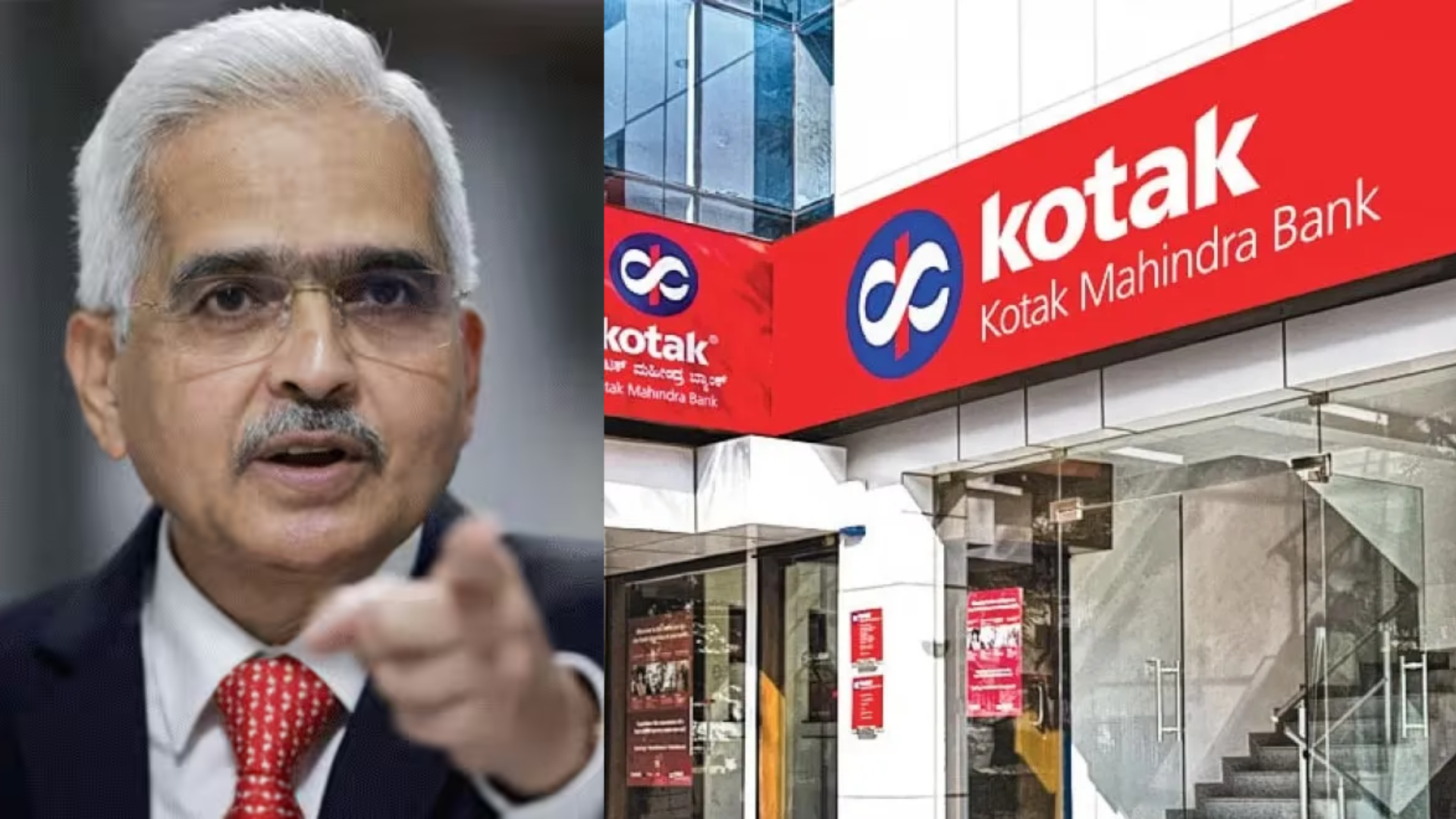
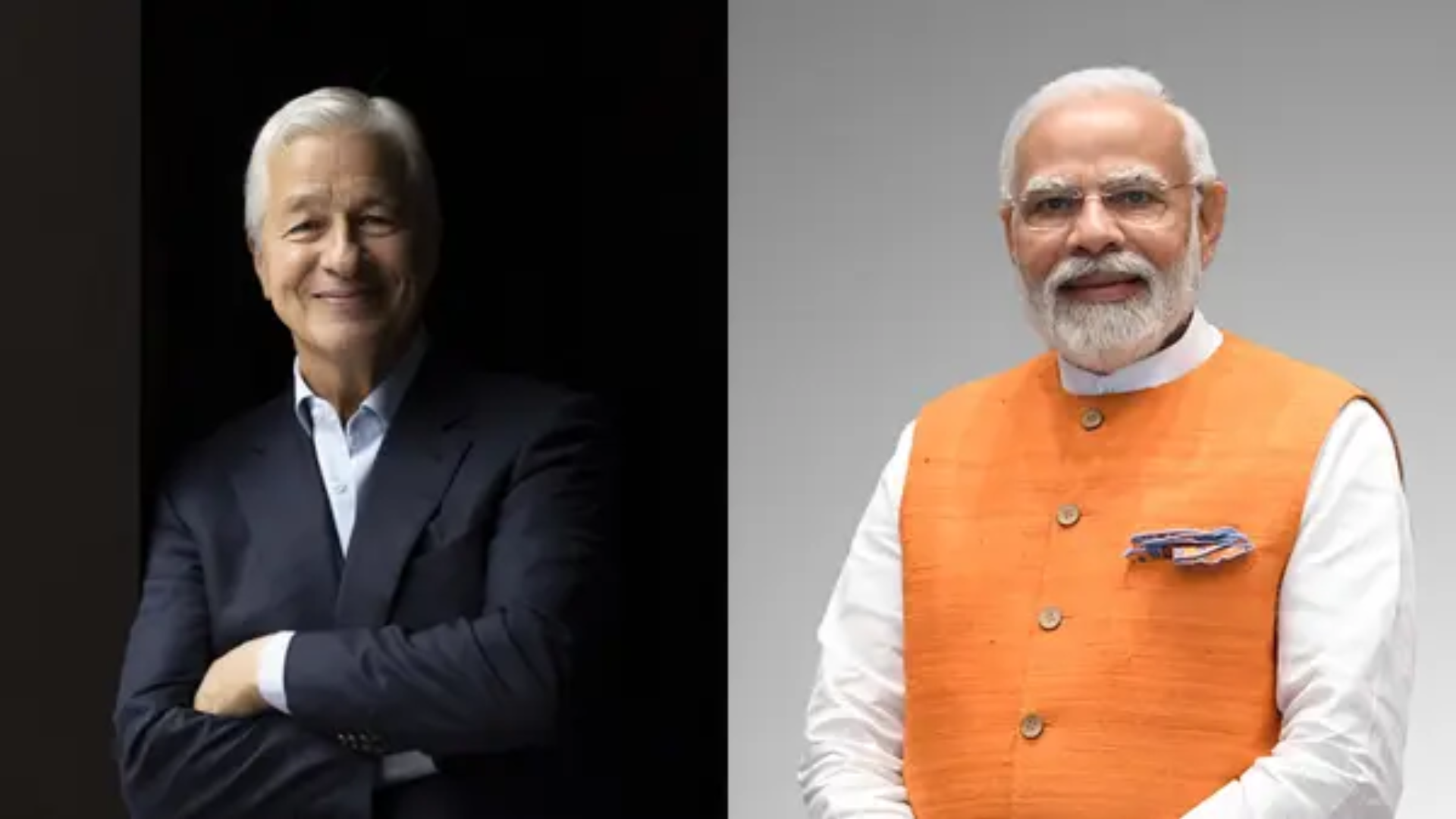

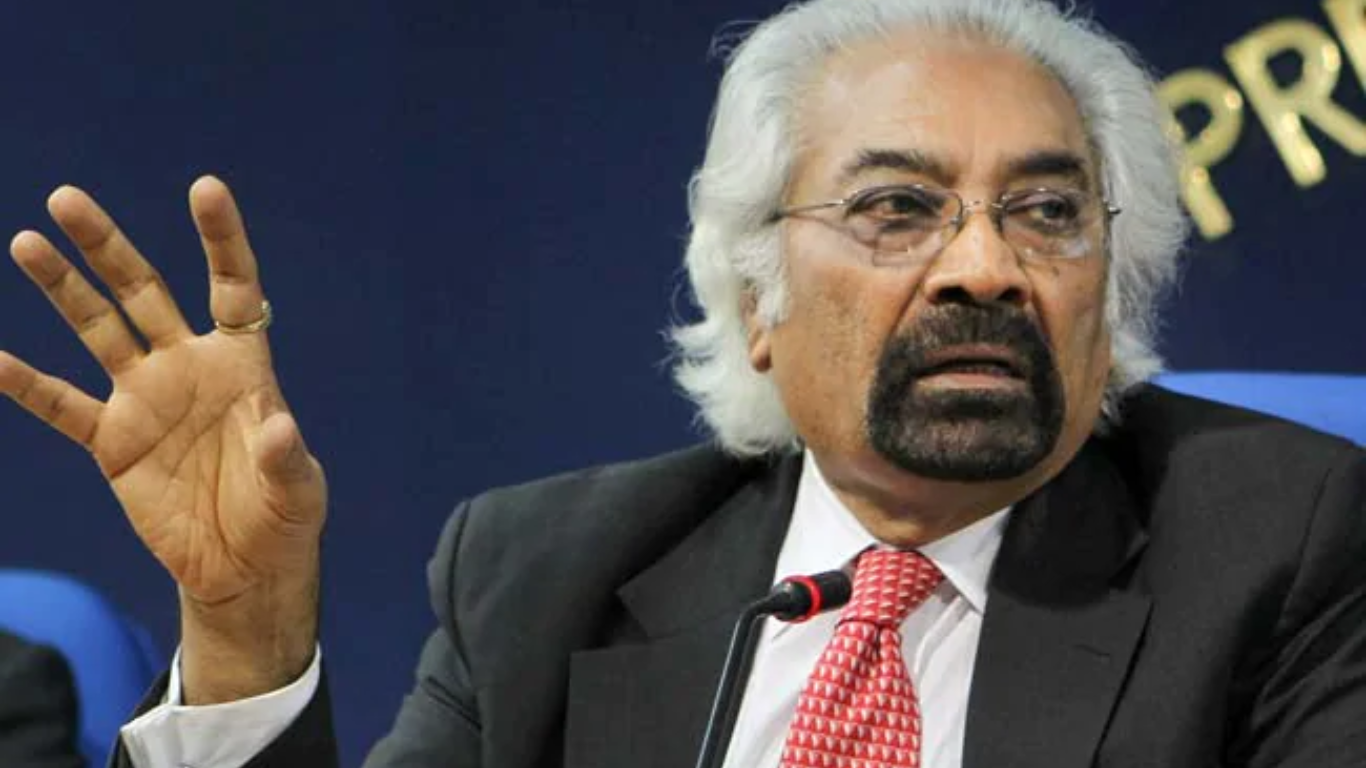

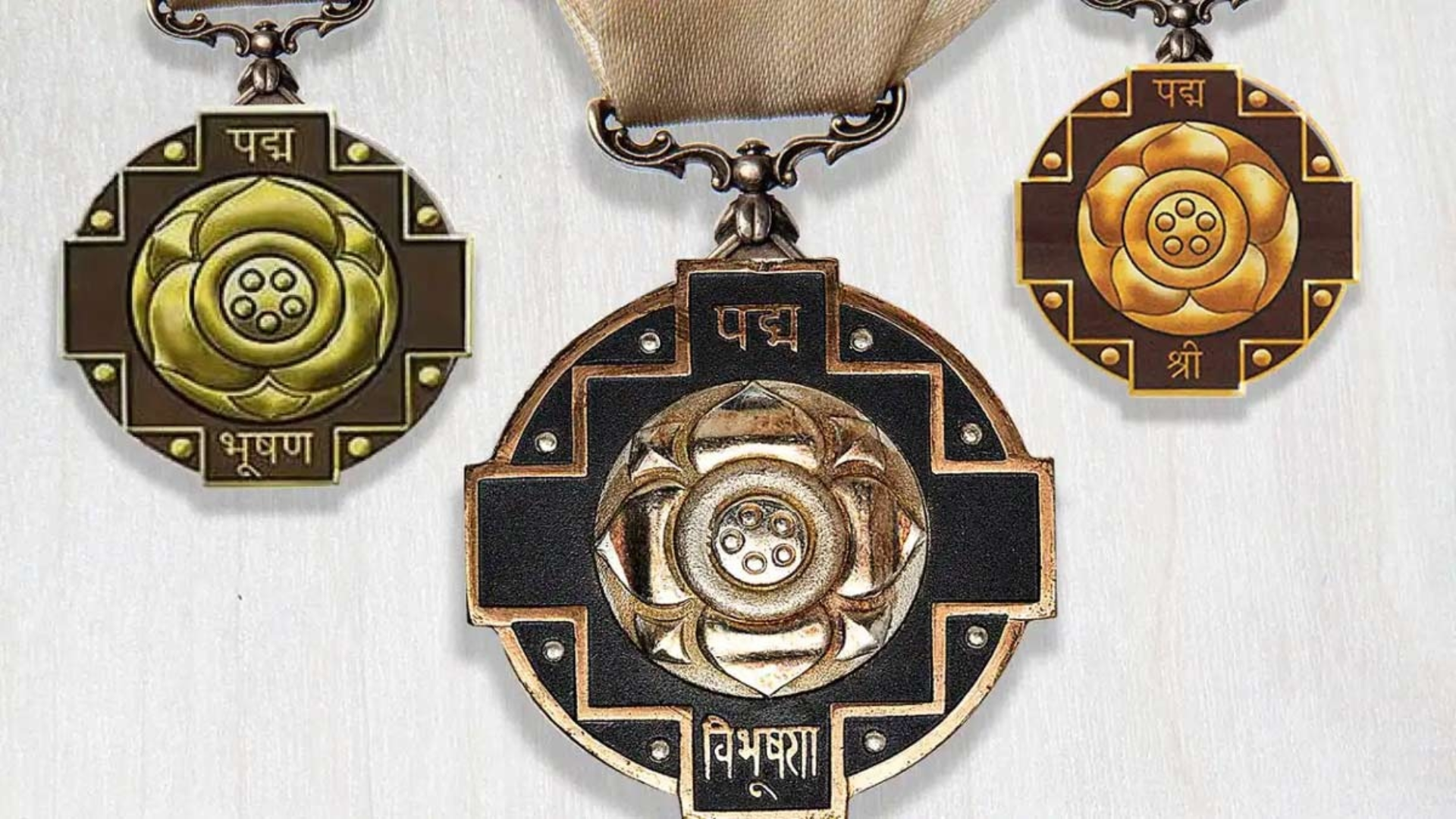
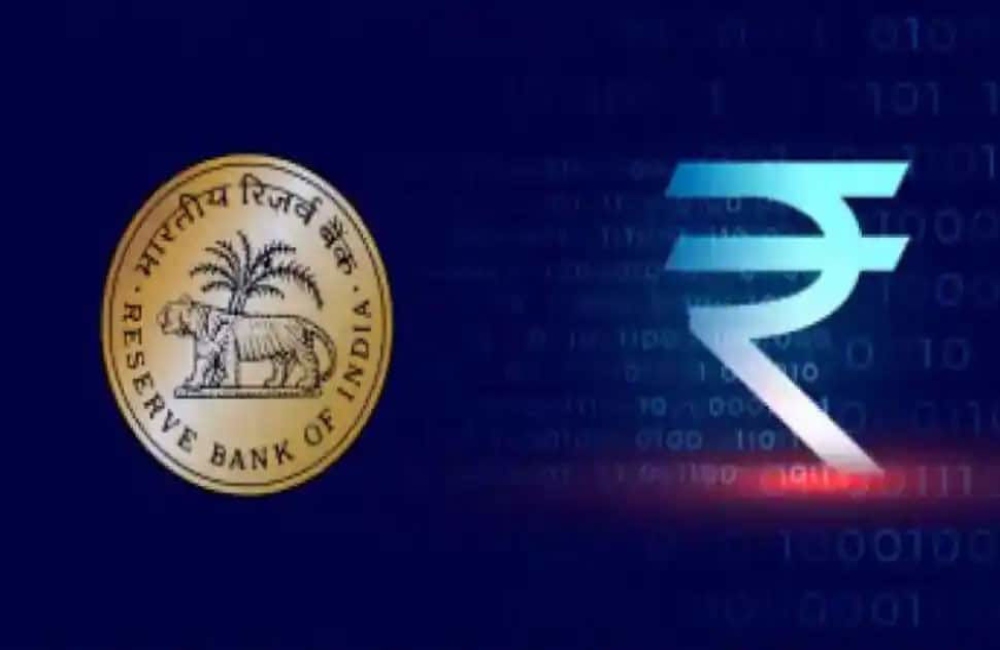
The RBI will launch the first phase of the retail Digital Rupee trial with a small number of banks. The currency would be used by a closed user group (CUG) comprising participating customers and merchants in Mumbai, New Delhi, Bengaluru, and Bhubaneswar.
The retail Central Bank CBDC will take the shape of a digital token representing legal currency, according to the RBI on Tuesday.
According to the Atlantic Council, the CBDC is now in the pilot stage in 19 nations, including China and South Korea.
Who would be permitted to utilise the virtual currency in the trial stage when India launches its own CBDC? What exactly is an e-rupee and how does it work? Will it have an impact on UPI payments? Let’s take a closer look.
Who is eligible to use the retail e-rupee?
The RBI will launch the pilot with a small number of banks in the initial phase. This stage would take place in specific locations inside a closed user group (CUG) of participating customers and businesses.
The pilot will first include four cities: Mumbai, New Delhi, Bengaluru, and Bhubaneswar, and will subsequently be expanded to include Ahmedabad, Gangtok, Guwahati, Hyderabad, Indore, Kochi, Lucknow, Patna, and Shimla.
The test launch in these four cities will be supported by four banks: State Bank of India, ICICI Bank, Yes Bank, and IDFC First Bank. Following that, four additional banks will join the experiment, according to the RBI’s statement: Bank of Baroda, Union Bank of India, HDFC Bank, and Kotak Mahindra Bank.
“As needed, the scope of the pilot may be gradually expanded to cover more banks, users, and locations,” the statement continued.


